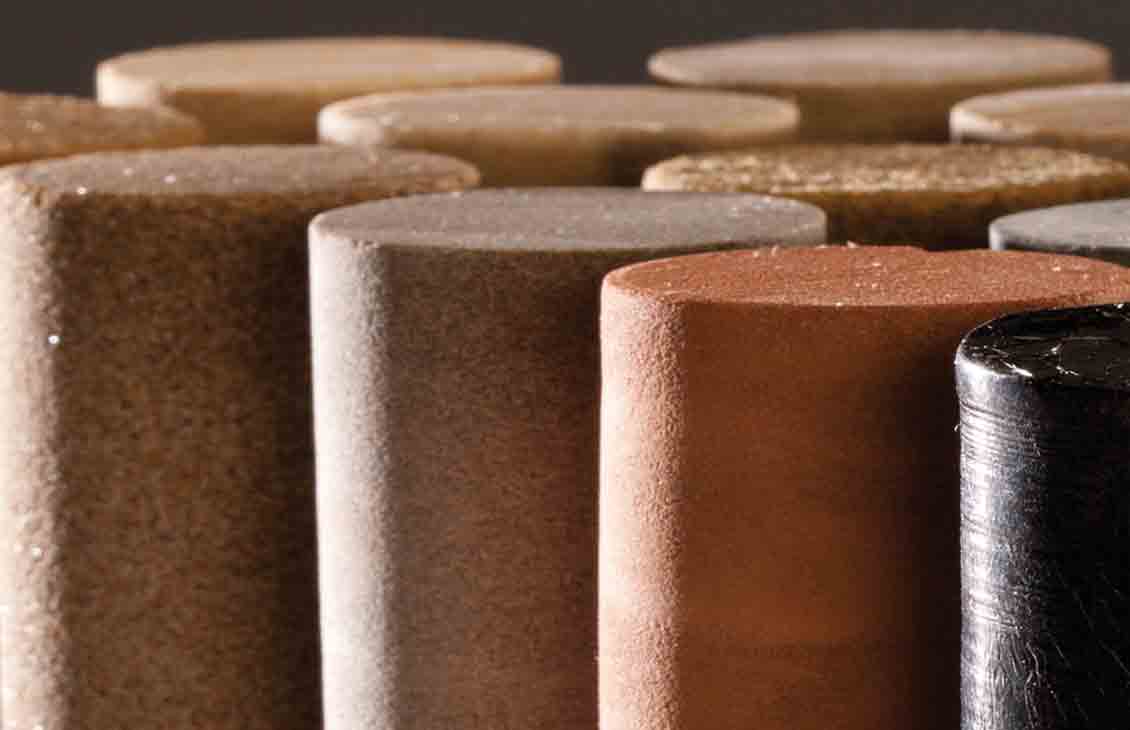UNE 22951 Permeability Test of Rock Cores by Gas Flow
The UNE 22951 standard specifies a method to determine permeability in rock cores using gas flow. This testing procedure is essential for understanding the fluid flow behavior within subsurface rocks, which is critical for optimizing reservoir management and enhancing recovery processes in the oil and gas sector.
Permeability, or the ability of a porous medium to transmit fluids, directly impacts production rates and efficiency. By accurately measuring permeability using this standard, engineers can better predict and manage fluid flow dynamics within reservoirs. This ensures optimal placement of wells, effective use of resources, and overall improved productivity.
The testing process involves several key steps, including specimen preparation, setting up the apparatus, applying pressure to the core, and monitoring gas flow rates. The UNE 22951 standard provides precise guidelines for each stage to ensure accurate results. Specimens are typically prepared by slicing rock cores into cylindrical sections of uniform dimensions.
The apparatus used in this test includes a pressure vessel capable of withstanding high pressures and a flow meter to measure gas volume accurately. The core is placed between two plates, one of which contains a small hole through which the gas flows. Pressure is then applied gradually until stable conditions are reached, allowing for precise measurement.
One critical aspect of this testing method is its ability to simulate real-world reservoir conditions. By applying different pressures and observing corresponding gas flow rates, engineers can gain insights into how various factors—such as rock type, porosity, and stress—affect permeability.
The results obtained from the UNE 22951 test are invaluable for several reasons:
- They aid in predicting reservoir performance under different operational scenarios.
- They help identify optimal drilling locations based on expected fluid flow rates.
- They support decisions regarding well placement and completion strategies.
Understanding these factors is crucial for maximizing oil and gas extraction while minimizing environmental impact. The data derived from this test can also inform long-term reservoir management plans, ensuring sustainable practices that balance economic goals with ecological considerations.
| Pressure Range (MPa) | Gas Flow Rate (cm³/min) | Rock Type | Porosity (%) |
|---|---|---|---|
| 10–25 MPa | 0.5–3.0 cm³/min | Limestone | 5–15% |
| 25–40 MPa | 3.0–6.0 cm³/min | Sandstone | 15–25% |
| 40–60 MPa | 6.0–9.0 cm³/min | Siltstone | 25–35% |
The UNE 22951 standard ensures consistency and reliability in permeability testing, enabling accurate comparison of data across different studies and projects. This consistency is particularly important given the global nature of many oil and gas operations.
For quality managers and compliance officers, adherence to this standard guarantees that all tests are conducted under uniform conditions, ensuring comparability of results. R&D engineers benefit from detailed insights into rock properties, which can lead to innovative solutions for improving extraction methods. Procurement teams find value in selecting suppliers who comply with such standards, ensuring the highest quality equipment and materials.
The UNE 22951 standard is widely recognized as a best practice in reservoir characterization, contributing significantly to both industry efficiency and environmental responsibility.
Industry Applications
- Optimizing drilling operations by predicting fluid flow behavior within rock formations.
- Evaluating the effectiveness of different completion techniques for enhancing oil/gas production rates.
- Supporting reservoir simulation models to improve accuracy in predicting long-term performance metrics.
- Aiding in strategic planning for new exploration and development projects based on expected permeability data.
The UNE 22951 standard plays a pivotal role in these applications, providing reliable information that supports informed decision-making throughout the lifecycle of an oil or gas well.
Quality and Reliability Assurance
- Precision in pressure application ensures accurate measurement of permeability.
- Consistent use of calibrated flow meters guarantees accurate volume measurements.
- Standardized specimen preparation procedures minimize variability between tests.
- Compliance with UNE 22951 ensures that all tests are conducted under uniform conditions, enhancing comparability and reliability of results.
These quality measures are crucial for maintaining high standards in the oil and gas industry, ensuring that testing outcomes can be trusted and relied upon. Compliance with this standard is not just a procedural requirement but also an essential aspect of achieving reliable and reproducible results.





